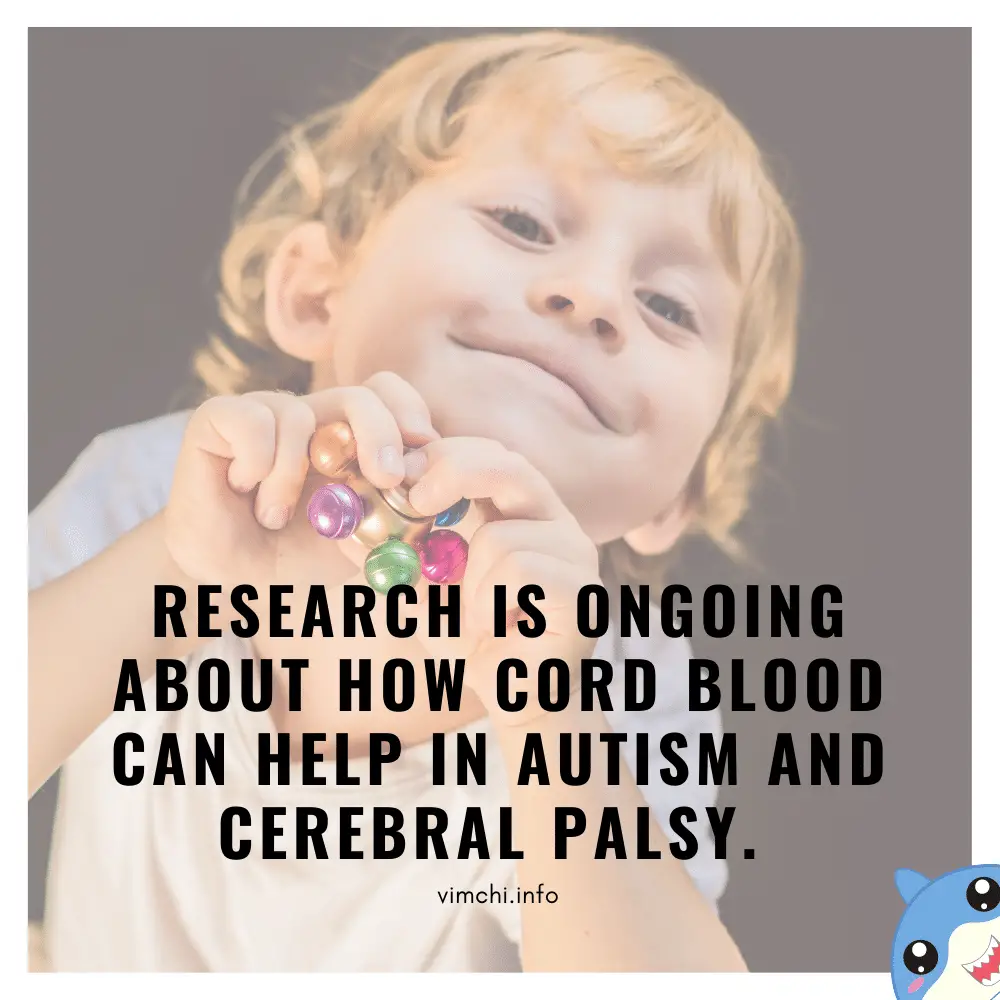What’s so special about cord blood? What are cord blood uses approved by the FDA? If you’re wondering whether or not to donate or save your child’s cord blood, then read on to find out more about it.

National Cord Blood Awareness Month is fast approaching. But now is the best time for you to know more about cord blood.
Cord blood, per se, is a biological product. The Food and Drug Administration regulates it.
After your baby is born, cord blood is cut and collected.
Because of how it is collected, the overall procedure of cord blood collection is safe for both the mother and the newborn.
What are the Approved Uses of Cord Blood?
Many ads about cord blood banking would persuade you to save your child’s cord blood or opt for cord blood banking because of its many uses.
However, you should remember that cord blood is only useful in hematopoietic stem cell transplantation procedures.
Patients diagnosed to have disorders that affect their blood-forming system can undergo those procedures.
Cord blood has blood-forming stem cells. These cells can treat blood cancers, such as leukemias and lymphomas.
Sickle cell disease, Wiskott-Aldrich syndrome, and other certain disorders of the blood and immune systems.
Read: Can Cord Blood Treat Rheumatoid Arthritis?
To treat these diseases, they need blood-forming cells that can be taken from cord blood. For that reason, doctors can use cord blood as a treatment for some cancers.
For instance, if you are undergoing chemotherapy, your cancer cells are annihilated, along with healthy blood-forming cells.
But stem cell transplantation can help in regrowing healthy blood cells after the therapy.
Is it a cure-all?

It may sound like it is the answer to many diseases. However, it is definitely not a panacea.
Then again, research about the other cord blood uses is ongoing.
Who knows what scientists will uncover.
They may discover that cord blood can treat not just the diseases affecting the hematopoietic system.
Research is also ongoing about how cord blood can help in autism and cerebral palsy.
In these conditions, the cord blood will not involve transplantation. Instead, the cord blood is infused into the patient to stimulate the body’s repair system.
Read: Is Cord Blood Banking Worth It?
Cord Blood and Cord Tissue
Cord tissue is different from cord blood. It’s not ready yet for prime time. However, scientists are looking into its uses and potential.
It may help treat medical conditions that affect cartilage, nerve cells, and muscles. Several studies are also ongoing to know if cord tissue can be used as a potential treatment for Alzheimer’s, liver fibrosis, Parkinson’s disease, lung cancer, and sports injuries.
Is It Worth It to Bank Cord Blood?

The answer to this question is complicated. If you have the money to save your child’s cord blood, then by all means choose to save your child’s cord blood.
If a first-degree relative will need a stem cell transplant because of a blood disorder, cord blood can be used to treat the disease.
It can be a gamble for some to choose private banking. Some are saying that the saved blood will have sufficient stem cells to be useful.
If a genetic disease or blood disorder doesn’t run in the family, then saving your child’s cord blood may not be worth it.
But you will never know what will happen 5, 10, 20 years from now. One of your first-degree or second-degree relatives will need a stem cell transplant.
To help you decide, you should talk to your doctor. He can better explain your situation so you can make the right decision whether to save it or just donate it.
But no matter what you choose, you should never throw it away. Your child’s cord blood can save someone’s life.
Remember that thousands of patients are being diagnosed with blood cancers each year. The majority of them don’t have a matched donor in their family.
But an unrelated donor can cure them through a blood stem cell transplant.
Thus, when you donate your child’s cord blood, you and your child can help someone who is suffering from a life-threatening condition.
By donating your child’s cord blood, you are providing hope to a patient for a second chance at life.
Cord Blood Banking
Cord blood is frozen after it is collected. In that way, it can be safely stored for many years. To maintain the integrity of the cells, it has to be cryopreserved.
As mentioned, you can choose to store the cord blood in a private bank. In that way, your child or a first or second-degree relative can use it.
However, private cord banks can charge you fees for storage and collection.
If you don’t want to pay for those fees, you can always choose to donate it to a public cord blood bank. The cord blood can be used for patients who require hematopoietic stem cell transplants.
Donating Cord Blood
If you wish to donate your child’s cord blood, you should talk to your doctor during your pregnancy. In that way, you still have sufficient time to decide whether to donate it or save it for future use.
You may ask the delivery hospital if it participates in the cord blood banking program if you wish to donate it. You may also ask your doctor about the donation process.
As mentioned earlier, it is not a miracle cure. You may consider spending thousands of dollars to store your child’s cord blood as a form of insurance against future illness.
But the only approved cord blood use is for the treatment of blood-related illnesses. It may also not suitable for your child because the cord blood may contain genetic defects.
For that reason, doctors highly suggest donating cord blood to a public bank. The more donations it receives the more people can benefit from stem cell transplants.
Conclusion
Cord blood uses are the reasons many parents are considering saving their child’s cord blood. Then again, it is not a miracle cure.
But don’t throw it away. Instead, choose to donate it if you can’t afford private cord blood banking.
Speak Now ... Or Forever Hold Your Peace